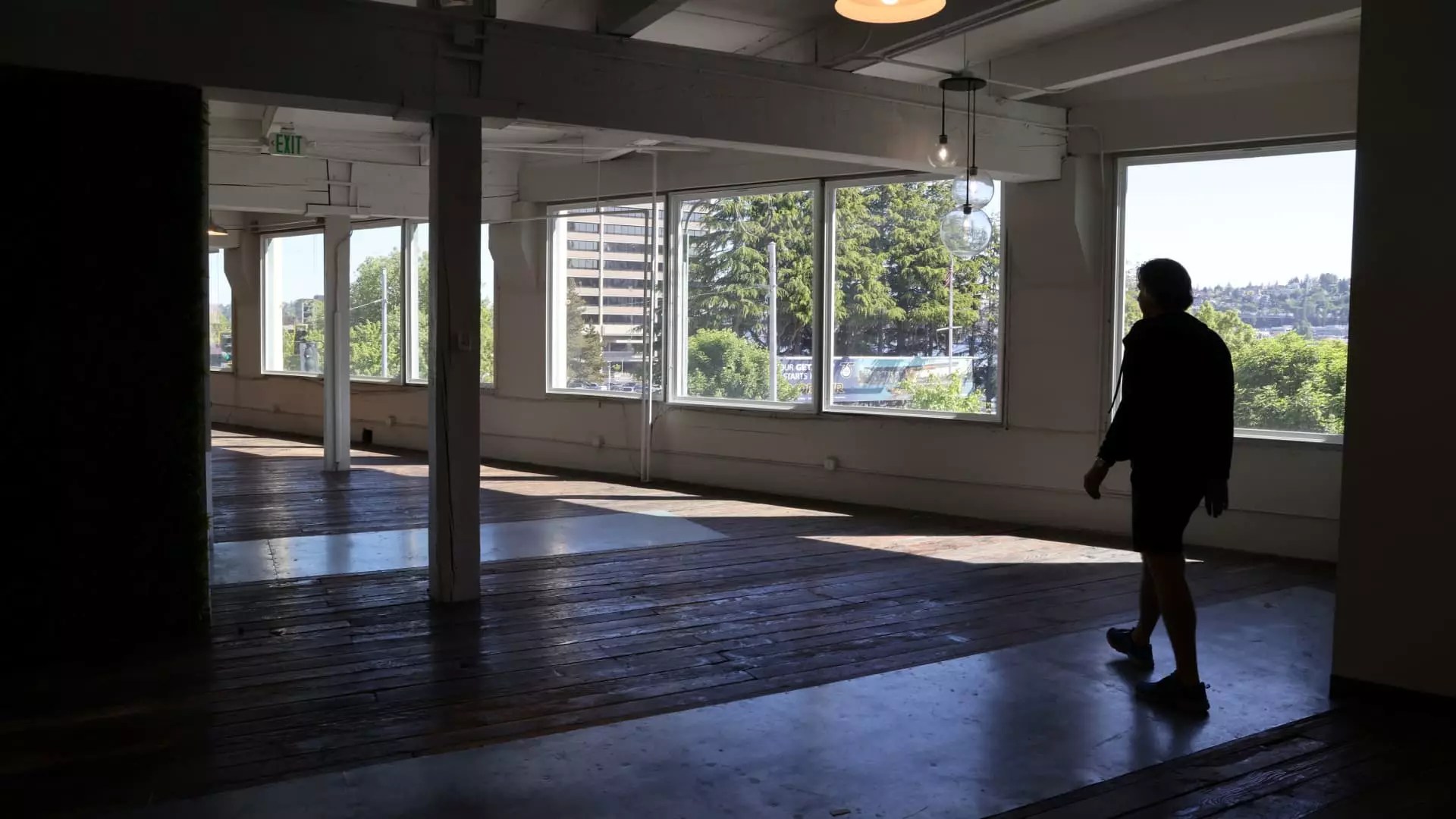The U.S. office market, once a symbol of corporate strength, is undergoing a seismic transformation that is both fascinating and troubling. For the first time in a quarter-century, the amount of office space being converted or demolished is outpacing new construction. This trend marks a significant departure from the norms that have long governed the commercial real estate landscape. Research from CBRE Group shows a staggering 23.3 million square feet of office space is expected to be phased out by the end of the year, while only 12.7 million square feet of new office space is projected to be completed. This striking imbalance suggests a deep-rooted concern for future office utilization, and questions the sustainability of traditional office setups in a post-pandemic world.
The rise of remote work has led to a fundamental shift in how companies and employees view office environments. With vacancies hovering around 19%, the demand for traditional office space has waned significantly. Many firms are pushing for a return to in-person work; however, the lingering effects of the pandemic have instilled a sense of caution among employees. A growing segment of the workforce now prefers the flexibility of remote work, leading to a paradox where companies may be compelled to create appealing office environments that entice workers back but at a reduced capacity.
Turning Weakness into Opportunity: The Conversion Trend
One intriguing aspect of this decline in traditional office space is the pivot toward conversions. Developers are not merely demolishing these structures but are looking to breathe new life into them by repurposing spaces for multifamily residences or mixed-use developments. While this trend brings hope for revitalized neighborhoods, it is not without its challenges. The pool of buildings appropriate for conversion is diminishing, and the steep costs associated with labor and materials could hinder progress.
However, the statistics are encouraging. Historically, each conversion yields an average of 170 residential units, and there are approximately 43,500 units in the pipeline. This transformative trend doesn’t only signify a decline in office space but also a potential solution for the ongoing housing crisis affecting many urban areas. It signals a shift toward community-oriented developments that realize the pressing need for affordable living options. This shift can invigorate local economies, promoting foot traffic and strengthening small businesses. Property owners who pivot strategically will find opportunities to capitalize on this burgeoning market.
The Ripple Effect: Market Responses and Implications
While the immediate outlook might seem foreboding, signs of a market recovery are emerging. The past four quarters have demonstrated positive net absorption—where occupied spaces surpass vacated ones—after a six-quarter slump. Office-leasing activity has surged by an impressive 18% in Q1 2023 when compared to the previous year. With contraction in supply and a budding demand, particularly for prime offices and Class A spaces, we can expect a stabilization in rents, benefitting major office REITs like Vornado and BXP.
However, we must tread carefully. This recovery is merely a response to limited options rather than a full-blown renaissance of the office market. Employers will need to reimagine their office spaces to make them attractive to workers who have grown used to the comforts of home. Spaces designed for collaboration, creativity, and community will likely become the gold standard moving forward.
Tackling the Challenges Ahead: A Long Road to Recovery
Despite the hopeful trends, the road ahead will be fraught with challenges. While the concept of conversion appears promising, it remains a slow process. Market analysts like Mike Watts at CBRE have cautioned about the “headwinds” facing this trend, including a tapering supply of suitable buildings and high costs for construction. As these challenges persist, the temptation to cling to old real estate models could slow down meaningful progress in the commercial landscape.
In this age of transformation, the center-right must advocate for policies that encourage innovation and flexibility within the real estate sector. Regulations should promote adaptive reuse projects, facilitate financing options for development, and support urban planners in their efforts to create inviting, multifunctional spaces that reflect the 21st-century lifestyle. The battle against vacancies should be paired with a strategic push towards building communities that prioritize livability and accessibility—a crucial move for fostering long-term resilience in our cities.


Leave a Reply